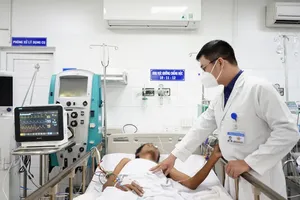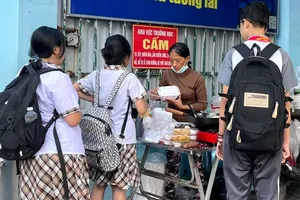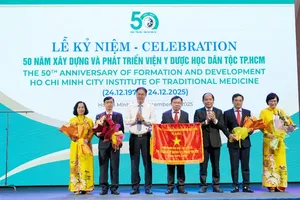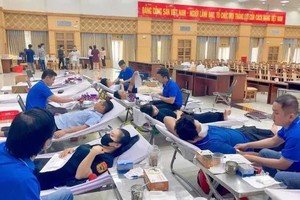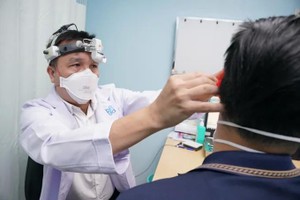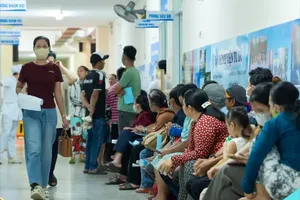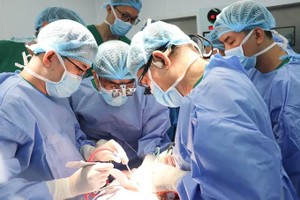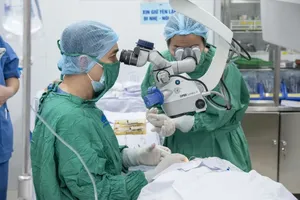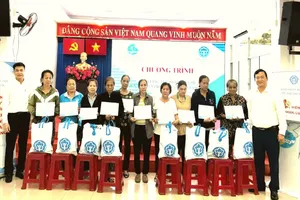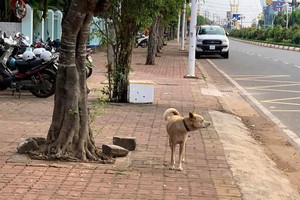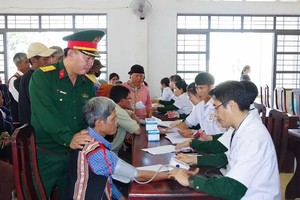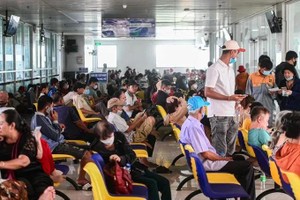The Ministry of Health held a meeting on family doctor model aiming to develop this more in the period 2016-2020 on March 4 in Ho Chi Minh City.
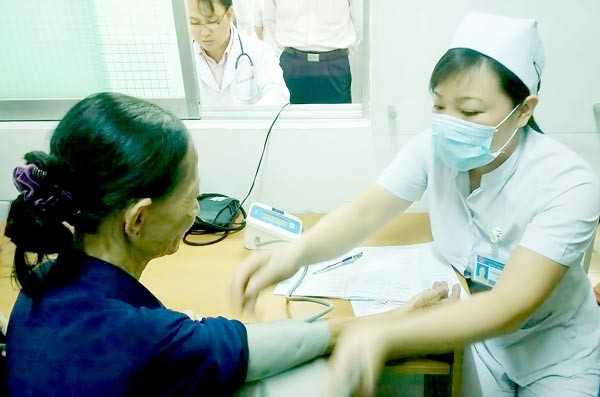
Though the family doctor model is considered as a service for a comprehensive health care yet there is less support and criterion and training; subsequently just 5 cities and provinces adopted the model from 2013.
Being the first city to implement the model, currently, Ho Chi Minh City has 20 hospitals in district and 136 district medical centers with family doctor examination rooms.
A hospital in district 10 was selected as two first hospitals to adopt the model in the city. At present around 400-500 people come to the hospital everyday; most of them are health insurance card holders with normal and simple diseases.
Dr. Le Thanh Tung, director of the hospital said that family doctor ensures two things including keeping continuous track on your medical histories. The hospital in district 10 has had software which allows doctors to examine and give consultation to patients through internet.
As per the municipal Department of Health so far thousands of people come to hospitals that have family doctor units. Yet, family doctor unit just focused on examination and treatment of chronic diseases such as diabetes, blood pressure and heart problems meanwhile they have not developed other activities namely giving first aid, emergency treatment for incurable diseases.
In the Mekong delta province of Tien Giang, it has developed two family doctor units in hospitals and one in medical center in district. For the past three years, these units have provided 1,255 emergency treatment and 80,988 normal treatment as well as 577 small operation. Activities of examination and treatment which are conducted in the hospital unit can be paid by the insurance company.
Additionally, family doctor model has not attracted the participation of private medical clinics. HCMC has just had 4 private clinics including Thanh Cong in Tan Phu District and General Clinic in Binh Thanh District which agreed to set up family doctor units and two others in districts 6 and Tan Phu. While in Tien Giang Province only one private clinic Dan An partake in family doctor model.
Medical experts said that private clinics have not been interested in family doctor model because cost of treatment and examination service is different from hospitals to hospitals and complicated insurance payment procedure and vague law
In general, a few people come to family doctor units though demand of treatment is buoyant. On one hand that family doctor units were set up in district hospitals which people disbelieve in; on the other hand, the model has not attracted good physicians to work. Moreover, just 700 medicine students were trained to become family doctors. Doctor Nguyen Van Tien, vice chairman of the National Assembly’s Committee for Social Affairs said that in order to attract patients family doctors must be highly skilled ones and service costs are proper.
Speaking at the meeting, the city’s Party Committee Secretary Dinh La Thanh said that as of 2020, 80 percent of cities and provinces should have family doctor units in hospitals. There has been no detailed criterion and quantity of units and doctors; accordingly Mr. Thang asked to have specific number of doctors, family doctor unit and patients in each city and province.
Additionally, he wanted a roadmap for synchronous policies and training as well as facilities. To complete these targets, he supposed to have particiaption of health related agencies and local and central governments.
As per the plan to develop family doctor model in the Southeast Asian nation for the period 2016-2020, in 2017, most of medicine institutes must established training family doctor faculty and by 2020, most of family doctor units must use computer software to store patients’ medical history. Most of all, at least 80 percent of cities and provinces across the country must have family doctor units.
